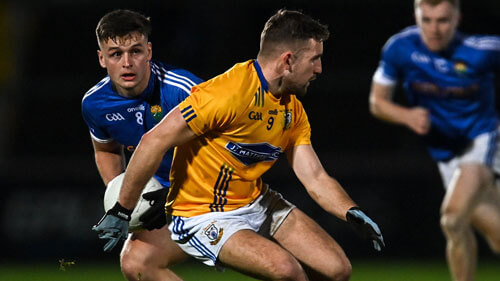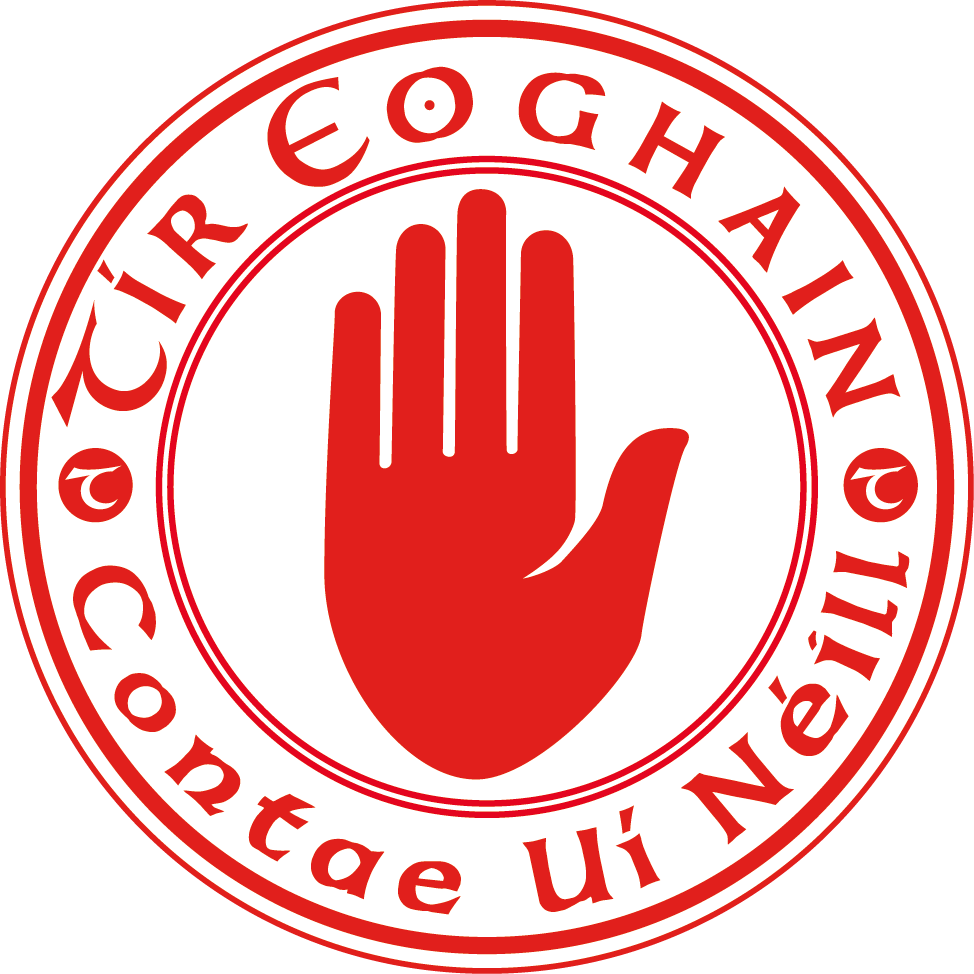First Ulster Minor Title, 1931
This magnificent effort in the 1920s laid the foundations for a county-wide renaissance in the 1930s, as the western part of the county’s interest in the GAA was rekindled. Michael Cusack had likened the GAA’s early impact throughout Ireland in the 1880s to a “prairie fire” but it was not until the 1930s that the Association in Tyrone truly ignited.
1931 saw the county achieve its first success at provincial level with the capture of the Ulster minor championship in only the second year of the competition. In the same year, Tyrone settled on the colours of white shirts with the red hand of the O’Neills with which the county is now strongly identified. In many respects, however, 1932 was even more significant. An imaginative effort to garner enthusiasm for Gaelic football saw Kerry, who later that year were to collect a record equalling fourth All-Ireland in a row, play Wexford in a challenge game in Coalisland, attracting interested supporters who came on special trains from across Ulster.
The real significance of 1932 was the astonishing revival in the west. From just six clubs at the beginning of the year, affiliation leapt to a staggering twenty-eight by its end and a highly successful West Tyrone League was established. This progress was given further momentum in 1933 when Tyrone reached their first provincial final. Tyrone lost comprehensively to Cavan, the great Ulster team of the period who went on to win the All-Ireland championship. The following year, in one of the most memorable championship matches ever played in Tyrone, the county almost dethroned the All-Ireland champions who were about to commence a tour of America, losing by a single point as controversy raged about the disallowing of a Tyrone goal.
Despite a further Ulster minor title in the 1930s, the great promise of the early 1930s did not lead to any further major breakthroughs at inter-county level. But this should detract from the achievements of the decade, nor of its significance. At the beginning of the previous decade, fielding a team at inter-county level and having enough clubs to maintain a meaningful county competition was an achievement in itself. By the end of the 1930s Tyrone Gaels could set their sights well beyond a mere struggle for the survival of the GAA in the county and towards becoming a potent force on the inter-county scene.












